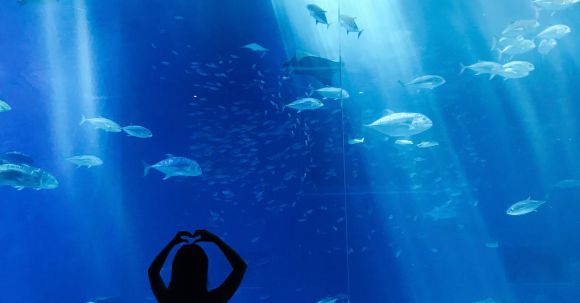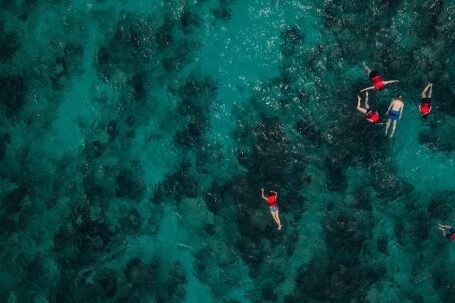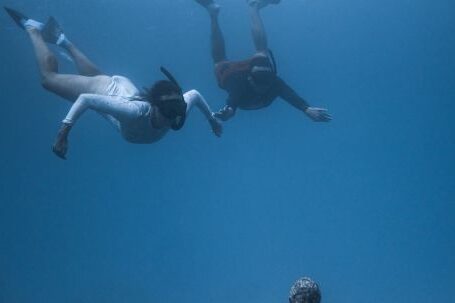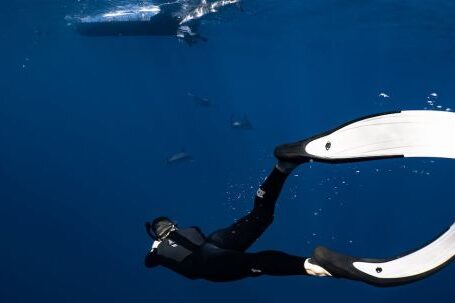The world beneath the surface of the ocean is a mesmerizing and captivating place, filled with vibrant colors, diverse marine life, and stunning landscapes. As an aspiring underwater videographer, capturing this beauty on camera can be a thrilling and rewarding experience. However, mastering the art of underwater videography requires more than just a passion for the sea. It demands a combination of technical skills, careful planning, and a deep understanding of the underwater environment. In this article, we will explore some essential techniques that will help you take your underwater videography to the next level.
Equipment Selection: The Key to Success
Choosing the right equipment is crucial when it comes to underwater videography. A high-quality underwater camera housing that fits your camera snugly is essential to protect your gear from water damage and pressure. Additionally, invest in lenses specifically designed for underwater use to capture the vivid colors and details of the underwater world.
Mastering Buoyancy Control
Achieving good buoyancy control is the foundation of successful underwater videography. Maintaining neutral buoyancy allows you to move smoothly through the water without disturbing the marine life or stirring up sediment. Practice controlling your buoyancy by adjusting your breathing and using your fins gently. This will help you achieve stable footage and avoid unnecessary camera shake.
Composition: Framing the Shot
Creating visually appealing compositions is vital in any form of photography, and underwater videography is no exception. Use the rule of thirds to create balanced and visually interesting shots. Experiment with different angles and perspectives to capture the unique beauty of the underwater world. Remember to leave space in the frame for the subject to swim into, allowing the viewer to appreciate the subject’s movement and environment.
Lighting: Unveiling the Underwater World
Lighting is one of the most challenging aspects of underwater videography. As you descend into the depths, the colors and intensity of light change dramatically. To overcome this, use artificial lighting sources such as underwater video lights or strobes. These tools will help restore the vibrancy of colors and reveal the intricate details of the underwater world. Experiment with different lighting angles and distances to achieve the desired effect.
Mastering Manual White Balance
Maintaining accurate colors in underwater footage can be challenging due to the color spectrum’s absorption by water. To overcome this, learn to master manual white balance. Adjusting the white balance settings on your camera will ensure that the colors in your footage appear natural and vibrant. Take the time to experiment with different white balance settings to achieve the best results in various lighting conditions.
Patience and Persistence: The Key to Success
Underwater videography requires patience and persistence. The ocean is unpredictable, and capturing that perfect shot can take time. Be prepared to spend hours in the water, waiting for the right moment to unfold. Practice your skills regularly, and learn from your mistakes. With time and experience, you will develop the instincts necessary to anticipate and capture those magical underwater moments.
In Conclusion: Dive into the Depths
Underwater videography is a unique and exciting form of visual storytelling. It allows us to share the hidden wonders of the ocean with the world. By choosing the right equipment, mastering buoyancy control, honing your composition skills, understanding lighting, and perfecting manual white balance, you will be well on your way to creating breathtaking underwater videos. Remember, patience and persistence are key. So, dive in, explore, and let the underwater world unfold before your lens.





